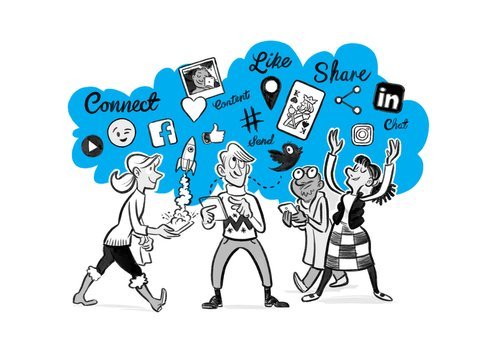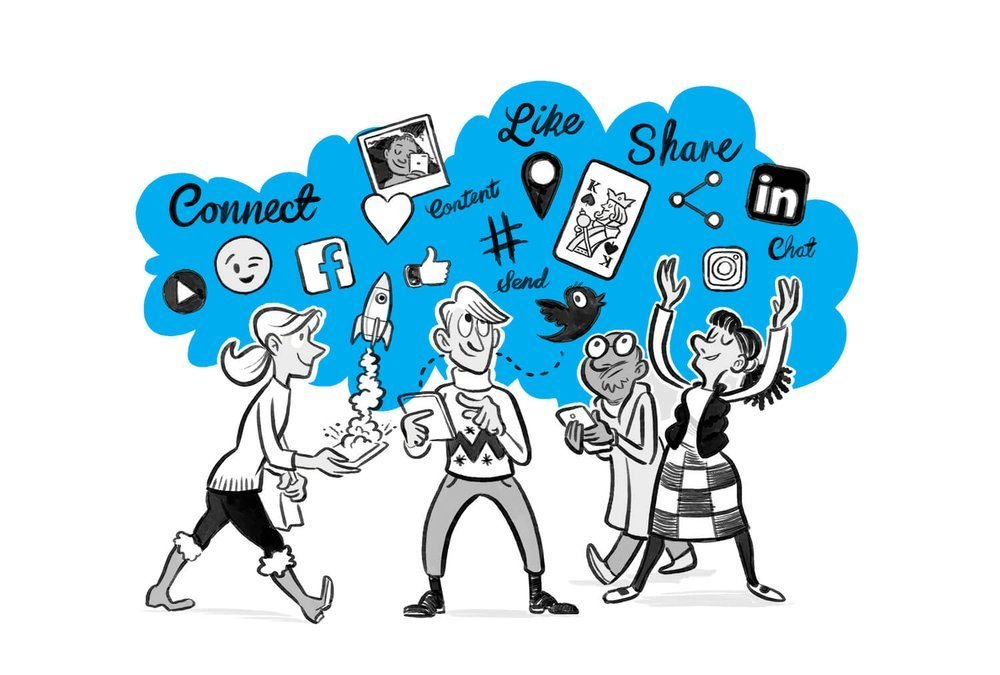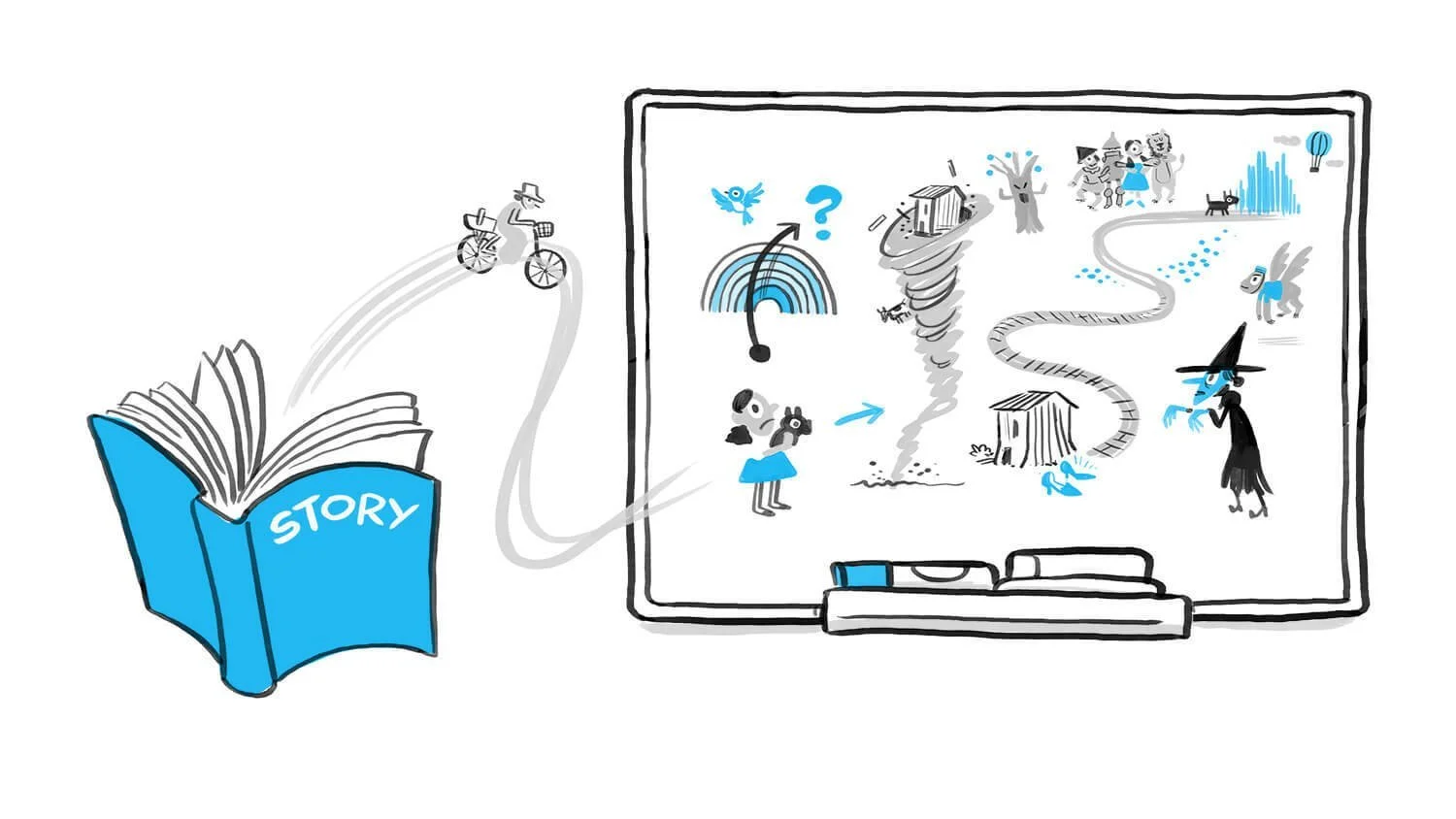Once upon a time, in a world brimming with words and numbers, there emerged a powerful form of communication that transcended the boundaries of language - visual storytelling. Our story begins in the heart of a bustling city, where images and visuals narrate tales more compelling than words ever could.
Join us on a journey of discovery to uncover the workings of visual storytelling and its ability to present statistics and data in a whole new light.
The Rising Dominance of Visual Media
In an age where digital media reigns supreme, visual storytelling has become an integral part of our daily lives. The statistics are telling: according to a report by the Social Science Research Network, 65% of people are visual learners, indicating a natural inclination towards visual content. Furthermore, research by John Medina for his book “Brain Rules” reveals that when information is paired with a relevant image, people retain 65% of the information three days later, compared to only 10% retention with text alone.
The Impact of Visuals on Social Media Engagement
Social media platforms, the modern-day canvases for storytellers, show a significant preference for visuals. A study by BuzzSumo, analyzing over 100 million articles, found that articles with an image once every 75-100 words received double the social media shares as articles with fewer images. Additionally, Twitter reports that tweets with images receive 150% more retweets than those without.
The Power of Video in Storytelling
The realm of video storytelling is another testament to the power of visuals. According to a HubSpot survey, 96% of marketers agree that videos have helped increase user understanding of their product or service. Insivia's findings reinforce this, stating that viewers retain 95% of a message when they watch it in a video, compared to 10% when reading it in text.
Infographics: The Confluence of Data and Design
Infographics have emerged as a potent tool in visual storytelling, blending data with design. A study by the Wharton School of Business found that presentations with visual aids were 43% more persuasive than those without. Eye-tracking studies by Nielsen Norman Group also show that readers pay close attention to information-carrying images, indicating the effectiveness of infographics in communication.
The Future of Visual Storytelling
As we look towards the future, emerging technologies like augmented reality (AR) and virtual reality (VR) are set to revolutionize visual storytelling. Goldman Sachs predicts that the VR and AR market in entertainment will reach $3.2 billion by 2025. This advancement will open new dimensions in storytelling, allowing audiences to immerse themselves in stories like never before.

The data speaks volumes: visual storytelling is not just an art; it's a highly effective means of communication in our increasingly visual world. As storytellers, embracing this form of narrative is not just about keeping up with the times; it's about connecting with audiences in the most profound and impactful way possible. In the end, just like the vivid streets of our story's beginning, the world of visual storytelling is a tapestry of endless possibilities, waiting to be explored.
At We Are Cognitive, we guide clients through the tangled streets of visual storytelling, and create explainer videos that capture your vision, share your message and engage your audience. We’re here to help; contact us today if you have any questions about visual storytelling or want to discuss how your project could work as an explainer video!
At We Are Cognitive, we’ve pioneered whiteboard animation videos and established them as the communication tool they are today.
Whether you're an educator striving to make lessons memorable or a business professional aiming to simplify intricate concepts, harnessing the power of explainer videos can be a game-changer.
One effective way to captivate your audience and convey complex ideas in a simple, engaging manner is through explainer videos. In this blog post, we'll explore five great explainer video tips to help you create compelling animated explainer videos that leave a lasting impression.
Whiteboard animation explainer videos have emerged as storytelling wizards in the realm of business communication. Join us on a journey as we unravel the enchanting tapestry of storytelling and unpack how it can help all organisations share their messages with the world.
Meet the Explainer Video. With the power to distill complex ideas into digestible bites, it has become the darling of marketers and educators alike.
Once upon a time, in a world brimming with words and numbers, there emerged a powerful form of communication that transcended the boundaries of language - visual storytelling. Our story begins in the heart of a bustling city, where images and visuals narrate tales more compelling than words ever could.
The whiteboard video recipe is a complex one, when done right it can turn our messages and stories into highly engaging, entertaining and memorable animations. We’ve put together a list of ten whiteboard video mistakes and creation tips to keep in mind as you create your whiteboard video.
Whiteboard videos can be a powerful way of telling your story, but their effectiveness very much depends on their quality. When picking the right whiteboard video production company, there are some essential steps and considerations.
What psychological principles make explainer videos so effective in engaging audiences? Let's delve into the psychology behind effective explainer animations and understand how they captivate, persuade, and leave a lasting impact on viewers.
As technology advances and creative techniques evolve, several exciting trends have emerged in the realm of whiteboard animation. In this article, we will explore five whiteboard animation trends that you need to know to stay ahead in the ever-changing landscape of visual storytelling.
Animated explainer video services have emerged as a powerful solution to capture attention, simplify complex ideas, and leave a lasting impact on viewers. In this article, we’ll explore the significant benefits of leveraging animated explainer video services, highlighting how they can unlock the full potential of your marketing strategy.
In today’s digital era, explainer videos have become indispensable tools for businesses, educators, and creatives to convey complex ideas in a clear and engaging manner. These videos, whether animated or utilizing techniques like whiteboard animation, captivate audiences and simplify intricate concepts.
As visual aids go, whiteboards are like old friends. Whiteboard videos have developed from them, making ideas and messages understandable, clear, engaging and memorable.
One emerging and innovative tool that has gained significant popularity is whiteboard animation. By combining simplicity, creativity, and visual storytelling, whiteboard animation offers numerous benefits that can help companies improve their communication strategies.
In today's digital era, businesses are constantly seeking innovative ways to engage their audience and effectively communicate their messages. One such powerful tool that has gained popularity is whiteboard animation videos.
In the digital age, businesses are continually exploring innovative ways to capture the attention of their audience and effectively convey their messages. One such captivating tool that has gained popularity is the whiteboard video.
From whiteboard animation to motion graphics and beyond, there are various types of explainer videos that cater to different communication needs.
There are six major styles of whiteboard animation, and that’s before you factor in the creative freedom of whiteboard videos and the way they can be tailored precisely to your needs.
In this blog, we’ll look at the reversioning process and reasons you might want to reversion your whiteboard explainer video.
Not everything is better remote, as we’re sure anyone who has tried to deliver remote training sessions will agree. We’re happy to announce that there is a better way to deliver remote training: whiteboard explainer videos.
We’re here to help you navigate the whiteboard animation production process and in this blog, we’ll take you through the steps.
Visual thinking is at the heart of whiteboard animation. It helps us to make information engaging, entertaining and memorable - but how does it work?
When it’s done well, this combination allows whiteboard animation to explain complex ideas in an engaging and accessible way, expanding their reach and impact!
Whiteboard animation has been around for a long time and promises a lot. Can it really capture the full essence of you and your message? Will it engage viewers in what you have to say and create a good ROI? Are whiteboard animations still effective?
It’s a very exciting time at We Are Cognitive and next year promises to hold even more whiteboard animations, surprises, innovations, and great visual storytelling for our clients. We want to thank the We Are Cognitive team and every client we have worked with this year for making 2022 a great adventure. See you in 2023!
From pitching the big picture to making a complex idea feel accessible, you need a communication tool that can engage, inform and inspire. This is where whiteboard animation comes in. By combining a script and voiceover with illustration and animation, you can share your vision and make ideas relatable.
When it comes to creating change with your research, the higher your REF score, the better. Whiteboard animation can help you explain and share your findings in a way that explains them, taking them far and wide.
When it comes to presentations, there is a better way. Whiteboard animation engages, entertains and informs your audience without feeling overwhelming or dry. Whiteboard animation makes the ideal powerpoint alternative.






























By combining simplicity, creativity, and visual storytelling, whiteboard animation offers numerous benefits that can help companies improve their communication strategies. In this blog post, we will explore some of the key advantages that whiteboard animation brings to the table.